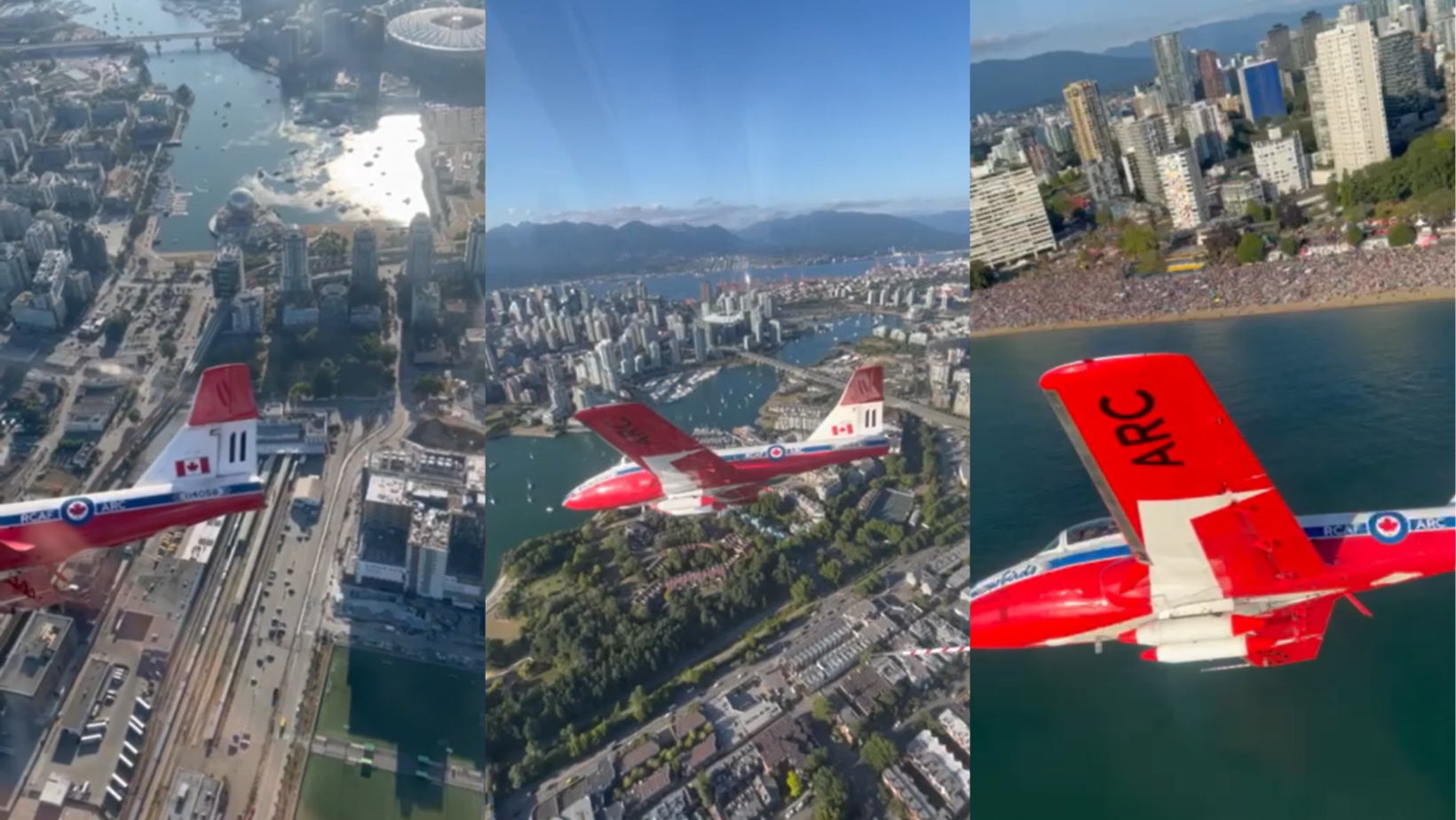The Migratory Patterns of Vancouver’s Snowbirds
As winter descends on British Columbia, the stunning landscapes of Vancouver become a seasonal haven for a unique segment of the population: snowbirds. These individuals, largely retired and often affluent, migrate from colder regions of Canada or even from the northern United States to bask in the milder climate of the West Coast. This trend has been increasing steadily and is reshaping not only the demographics of the city’s housing market but also its cultural fabric.
A Shift in Housing Demand
The influx of snowbirds into Vancouver during the colder months signals a distinct shift in housing demand. According to a recent report from the Canada Mortgage and Housing Corporation, the demand for short-term rentals and seasonal housing has surged by 30% over the last two years. Snowbirds are willing to invest in premium accommodations, leading to rising rental prices that are pushing local residents further out of central areas.
The narrative of housing affordability has taken a new turn as local families grapple with these rising costs. Emily Chan, a Vancouver resident and mother of two, expressed her concerns: “It’s frustrating to see how our city is becoming increasingly inaccessible. It feels like we’re being priced out of our own neighborhoods just because someone wants a vacation home for a few months.”
Economic Booster or Cultural Displacement?
Economists argue that while the presence of snowbirds contributes to the economy through increased spending in local businesses—restaurants, shops, and recreational facilities—there is an undeniable downside. As the seasonal visitors take over, some residents feel their neighborhoods are losing their character. “The cultural essence of our community is at stake when the local flavor is replaced by those who only inhabit the space for a season,” noted Dr. Alan Griffiths, a local sociologist.
This tension raises questions about the long-term implications for urban planning and community cohesion. For instance, the local government contains a twofold challenge: how to balance the interests of permanent residents while encouraging the economic benefits brought by seasonal visitors.
A Growing Social Media Movement
On social platforms, the discussion surrounding snowbirds in Vancouver is vibrant and polarized. An Instagram hashtag, #VancouverSnowbirdStories, has gained traction, with users sharing both praise for the seasonal energy they bring and lamentations about rising rent and crowded public spaces. Comments such as, “It’s like living in a tourist trap during snowbird season!” can be found alongside photos glorifying the sunny waterfront cafés filled with new faces.
A Glimmer of Hope—Local Initiatives
Amidst the challenges, initiatives aimed at finding balance are emerging. Community groups are advocating for policies that could slow down housing prices while still attracting the economic benefits of snowbirds. Proposed measures include stricter regulations on short-term rentals and incentives for local renters. Meanwhile, some developers are exploring options for mixed-use housing to better cater to both visitors and long-term residents.
A Forecast for Change
As Vancouver prepares for another winter influx of snowbirds, the conversations around affordability, community dynamics, and economic vitality will undoubtedly intensify. The hope is that this seasonal migration can be harnessed to benefit both transient visitors and the city’s permanent residents without compromising the essence of what makes Vancouver such a unique place to live.

